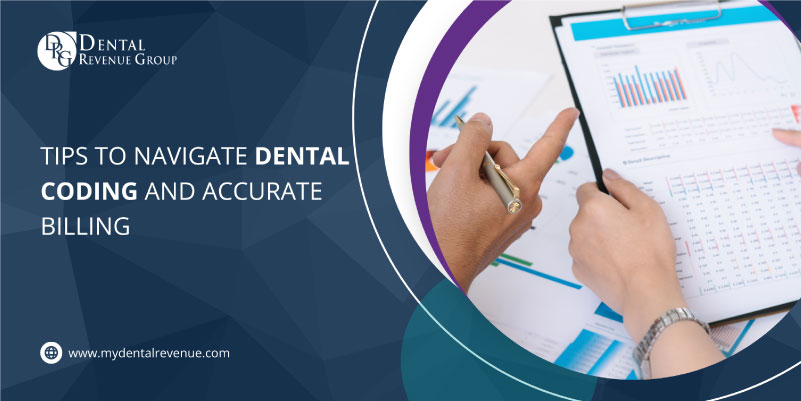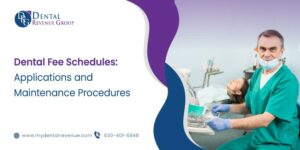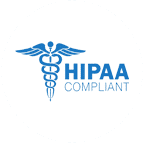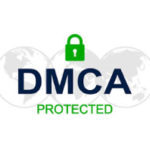Navigating dental coding can be a challenging task, but with the right tips, you can ensure accurate billing and maximize your practice’s revenue. The goal of dental coding is to make sure that the patient’s insurance provider receives accurate reimbursement for their services. It’s important that you know how to use the correct codes for each procedure or service provided during treatment. When there is any ambiguity about what was done during a treatment session, then an error could be made which could lead to inaccurate payment by the patient’s insurance provider.
What Is Dental Coding?
Dental coding refers to the process of using specific codes to identify the procedures and services provided by a dentist or dental office. These codes are used for billing and insurance purposes. These are typically based on a standardized set of codes such as the Current Dental Terminology (CDT) codes established by the American Dental Association (ADA). Dental coding can include codes for individual procedures, such as fillings or extractions, and codes for diagnostic services and preventive care. The codes are used to accurately communicate the services provided to insurance companies and other payers for the appropriate reimbursement.
Challenges in Dental Coding
Some common challenges in dental coding include:
- Keeping up with constantly changing codes and guidelines
- Properly coding for multiple services provided during a single appointment
- Ensuring that codes are compliant with insurance company requirements
- Avoiding coding errors or unintentional fraud
- Properly coding for new and emerging treatments or technologies
- Understanding the difference between similar codes and selecting the correct one
- Determining the appropriate level of service for a given procedure
- Getting accurate and complete patient information for proper coding
- Keeping accurate records of all treatments and procedures performed for coding purposes
Another issue that dental practices face is the need to code for medical billing, for both dental insurance and medical insurance. This can involve a significant amount of time and effort. In addition, it requires a great deal of knowledge about the codes and billing procedures for both types of insurance.
Tips for Accurate Dental Billing
Dental coding and billing can be a complex and confusing process, but it is essential for dental practices to accurately bill for services provided. Inaccurate billing can lead to denied claims and lost revenue for the practice. Understanding the nuances of insurance coverage, knowing the right codes, and staying up-to-date on changes are all essential for accurate billing. In this blog post, we will explore some tips for navigating dental coding and achieving accurate dental billing.
Understand the coding systems
The American Dental Association (ADA) has developed a system of codes, known as Current Dental Terminology (CDT), which is used to accurately describe dental procedures. It is important for dental practices to have a thorough understanding of these codes and to use them correctly. Accurate coding is vital to ensure correct reimbursement for services rendered. Accurate coding also helps protect patient privacy, ensure quality assurance and safety, and provide research data that can improve future treatment options. The correct code must be used on each claim submission to be processed correctly and paid out by insurance companies or government programs like Medicare and Medicaid.
Utilize dental billing services
Many dental practices outsource their billing to a specialized dental billing service provider. Dental billing services can help ensure accurate billing for dental practices by handling the process of submitting claims and following up on payments. It can also assist in resolving any issues that may arise. These services can also help with coding, insurance verification, and patient billing. By outsourcing this work, dental practices can focus on providing patient care while minimizing the risk of billing errors. Dental billing services can also provide reporting and analysis of billing data which can help practices to identify areas for improvement and increase revenue.
Regularly review and update billing processes
The dental billing landscape is constantly changing. It’s important to stay up-to-date on any new regulations or coding changes. Regularly reviewing and updating billing processes to ensure accuracy, efficiency, and compliance with any relevant regulations. It can also help identify and resolve any issues or inefficiencies that may arise. This can help to reduce costs, improve customer satisfaction, and prevent potential financial losses.
Communicate with insurance companies
Maintaining open lines of communication with insurance companies can help prevent denied claims and other billing issues. Make sure to keep insurance companies informed of any changes to the practice or patient information. It’s important to know about any changes or updates in the insurance company’s policies, codes, and regulations to ensure timely claims submission and to avoid any denied claims. If a claim is denied, follow up with the insurance company to understand why and to see if the issue can be resolved.
Be thorough and accurate when documenting procedures
Accurate documentation is essential for billing. Be sure to document all procedures performed and any relevant patient information. Dental billing and coding require timely, accurate submission of codes to ensure reimbursement by the patient’s dental insurance provider. Codes are used by insurance providers to identify procedures and services provided. It can also track patient information, billing information, and payment history.
By following these tips, dental practices can navigate the complex world of dental coding and billing with confidence. Utilizing dental billing services, staying up-to-date on coding changes, and regularly reviewing and updating billing processes can help ensure that claims are submitted accurately and on time. It will lead to a smooth and profitable process for dental practice.
Conclusion
With the ever-evolving world of dental coding, it can be difficult to stay up-to-date with the latest regulations and guidelines. It’s important to be organized and be able to identify the correct codes that describe your patient’s condition. This will help you ensure accurate reimbursement for services rendered.











